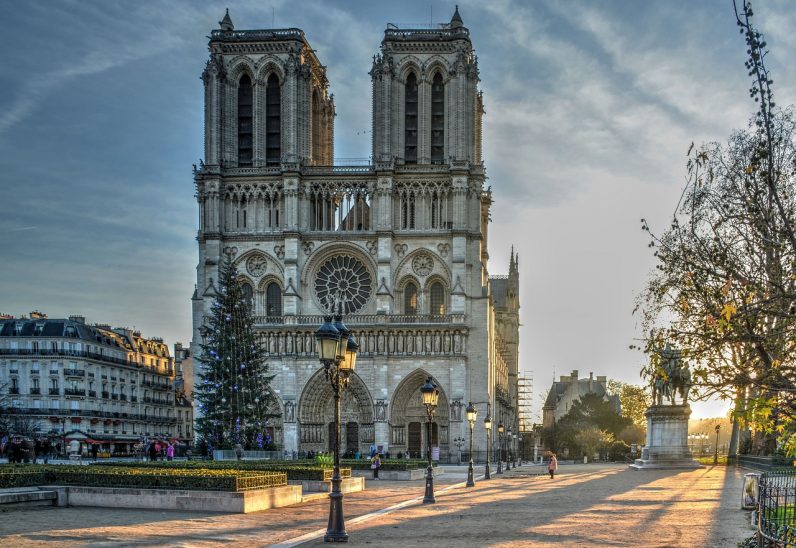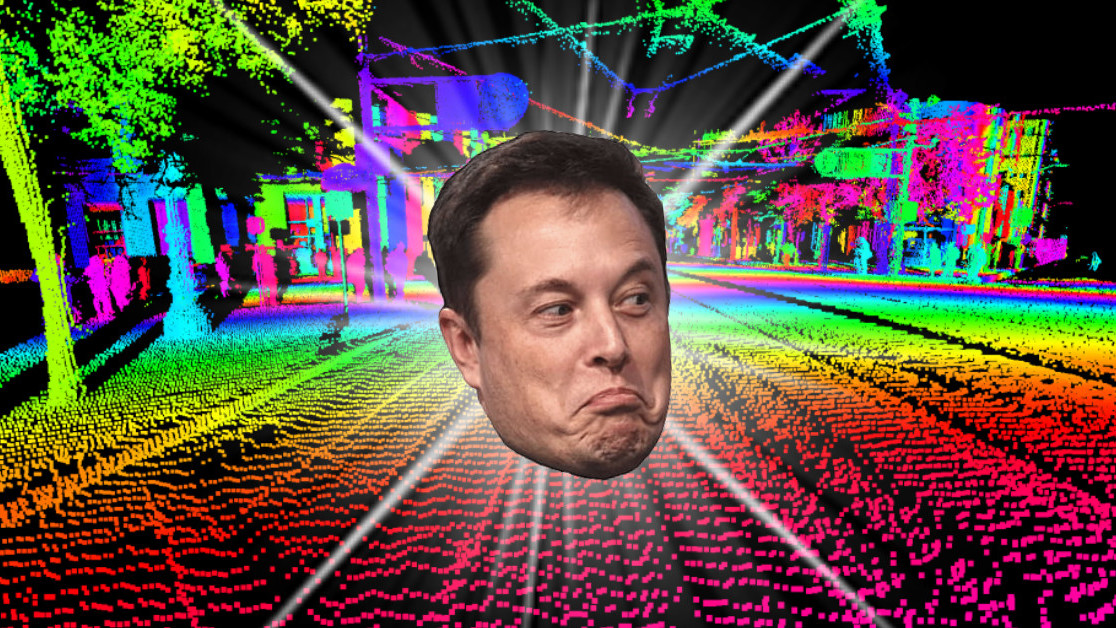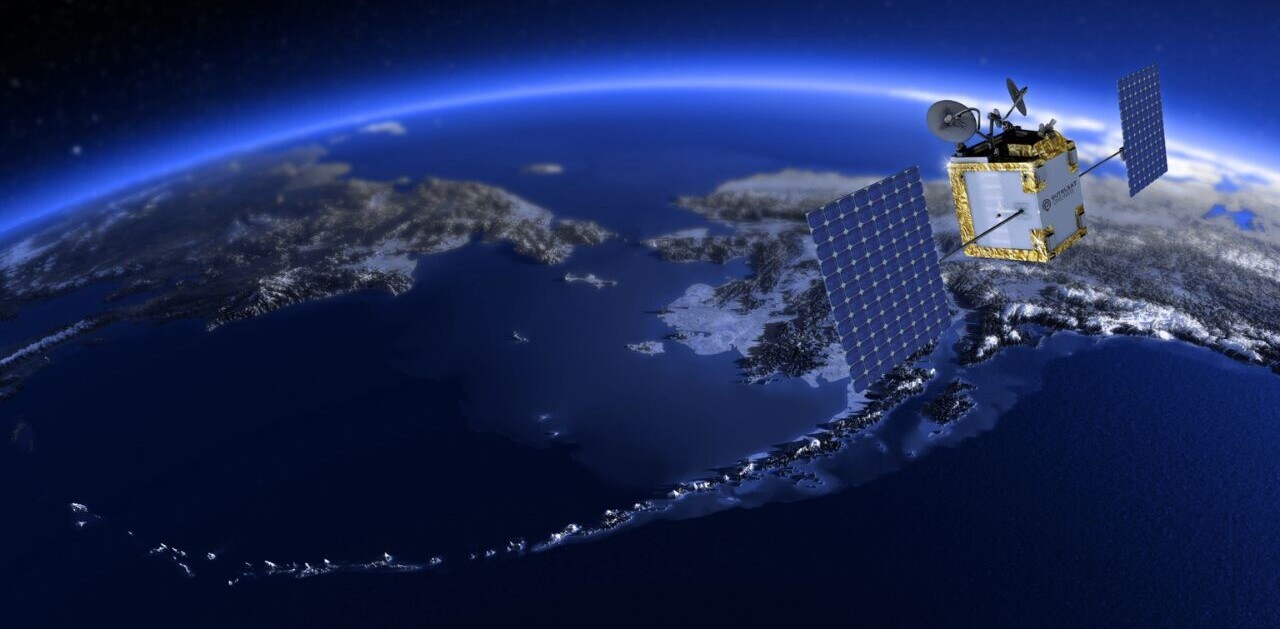Earlier this year, at one of Tesla’s events, the company’s famous founder, Elon Musk proclaimed that, “LiDAR is a fool’s errand,” and “Anyone relying on LiDAR is doomed. Doomed.”
We’re all big fans of Elon at my company and we’ve even named one of our conference rooms Falcon 9, after the reusable SpaceX rocket that impressed the world by landing vertically following separation. So, when Elon speaks, we listen. But over the course of the past year, we’ve had the chance to learn more about using LiDAR for indoor applications than almost any other company on the planet, and we respectfully disagree.
Musk was referring to the automotive industry’s use of LiDAR for advanced driver assistance systems in autonomous vehicles. However, rather than dramatically ringing the death knell for LiDAR, his comments merely underscore the fact that LiDAR has an awareness issue, no pun intended.
Generally speaking, few people seem to fully appreciate what the technology is capable of, or how it’s being used today, and much less so the advantages that LiDAR delivers for opening up a world of possibilities. But before exploring these, a brief introduction to LiDAR will be helpful to the uninitiated.
What on earth is LiDAR?
LiDAR, which stands for light detection and ranging, is a technology that uses safe, invisible laser beam pulses to detect objects both in motion and at rest. Each pulse travels through its environment, bouncing off objects and returning to sensors that create a digital “3D point cloud” of the environment. (Imagine an old dot matrix print out, but in 3D, and you’ll get the picture.)
Then perception software, which is where much of the AI magic lives, interprets this point cloud so you can literally see objects in 3D and determine precise distance, height, volume, speed, direction and even reflectivity of objects within its field of view. LiDAR sensors come in various shapes and sizes, with some projecting multiple beams sweeping a 360° circle while others shining multiple vibrating beams in a pixel density rich cone. The rapid advances in both LiDAR sensors and perception software has been incredibly exciting to witness and yet the race has only just begun.
Advancing beyond its current zone of autonomous vehicles and other more traditional applications in the agriculture and geology sectors, we see LiDAR quickly moving to serve a variety of applications in the broadly defined smart world.
For instance, LiDAR’s very short wavelength allows researchers to detect air pollutants such as carbon dioxide, sulfur dioxide, and methane and perform important density mapping in this age of climate change.
Additionally, engineers as well as interior designers are using LiDAR to precisely measure and reconstruct the building spaces they’re working on. The Notre Dame cathedral was so precisely mapped using LiDAR that despite the calamity of this spring’s fire, architects and civil engineers are very confident they can accurately reconstruct Notre Dame’s roof and spire, thanks to LiDAR.

Another unique application has also emerged at airports. Air travel has been flying high since rebounding after the 2008 recession. Airports such as the Los Angeles International Airport (LAX) have seen annual passenger counts grow by 60 percent since 2009. For LAX that will mean managing nearly 90 million passengers in 2019, up from 56 million in 2009. Dealing with 34 million additional passengers within the same physical infrastructure requires far better tools for operational awareness and efficiency. Enter LiDAR.
Airports from Indianapolis to Miami, Baltimore, Las Vegas, Jackson, Miss., and Salt Lake City have installed LiDAR-based indoor motion analytics solutions to better manage security checkpoints and improve passenger flow through their concourses.
Combining accurate passenger foot traffic data with powerful motion analytics airports are now able to keep travelers updated on expected wait-times, allowing them to better plan their departure from home or the office. And airports, working in partnership with TSA, can apply this same set of data analytics to deliver increasingly efficient processes, anticipate bottlenecks and reallocate resources to more efficiently process a growing wave of air travelers. The benefits of queue and flow management solutions go well beyond improving operational performance.
Studies have demonstrated that smarter airports can provide a better travel experience for passengers, and that more satisfied passengers spend more in airport retail malls. And, by developing a better sense of passenger flow within terminals and concourses, airports can boost non-aeronautical revenue by better positioning retail stores and display advertising.
Of course, putting this type of technology to work in public environments like an airport also raises the issue of security and the protection of personal identification. This is where LiDAR really stands out from other solutions like cameras. Instead of capturing a pixelated passenger image like the one a stereoscopic camera renders on a television screen, LiDAR converts positional data into anonymous 3D point cloud data, fully protecting airport passenger identities.
Is LiDAR just a fad?
Many, including Musk, believe that AI-powered cameras will advance to the point where they render LiDAR obsolete, and that LiDAR is being used merely as a “crutch” in the meantime. However, there will always be a need for LiDAR because it’s simply more discreet than a camera – and it works really well.
Again, unlike stereoscopic cameras, which require ideal lighting conditions, have a narrow field of view and perform best in high-ceiling environments, LiDAR sensors can operate in more challenging lighting conditions, across all ceiling heights, and their accuracy is not affected by sunlight through windows or by poor lighting conditions. Plus, cloud computing and big data processing is advancing as quickly as AI-powered camera technology – so LiDAR will become much more sophisticated as well.
With a growing ecosystem of LiDAR solution providers, ever improving, smaller, less expensive, and powerful sensors, the technology will simply get better and better. There will be smarter, more intuitive, perception software that will apply similar AI capabilities of image analysis, but without violating passenger privacy.
While Musk has a brilliant vision for the future, I’m guessing that he may not be seeing the full picture when it comes to LiDAR, and is overlooking all that LiDAR can do already, and will do in an increasingly bright future as it solves a range of everyday challenges.
According to venture capital analyst firm CB Insights, startups working with LiDAR have raised $1.2 billion USD in the past five years. Not all of that money will be dedicated to the development of autonomous vehicles. No, it will also be used to make security lines shorter, make video games more accurate, bring new archeological sites to light, and much, much more. LiDAR isn’t doomed. It’s just now hitting its stride.
Get the TNW newsletter
Get the most important tech news in your inbox each week.






